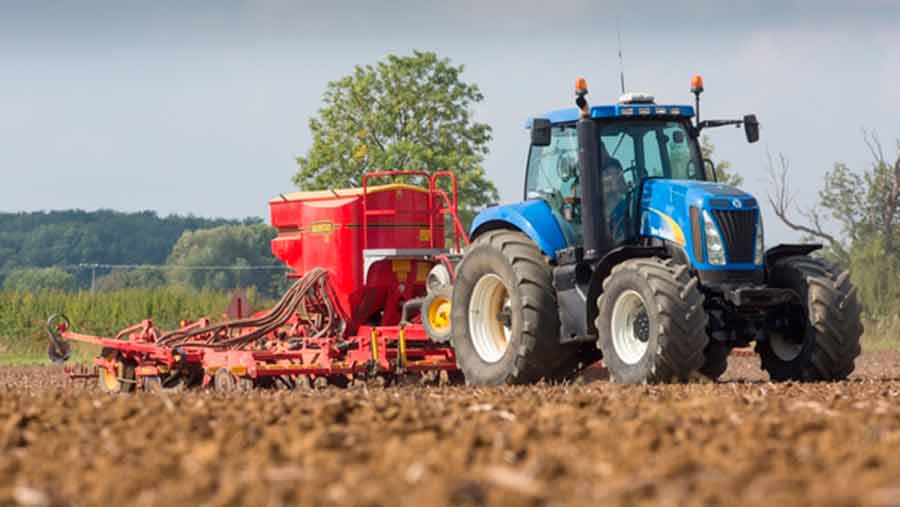6 ways to cut dust from treated seed
 © Tim Scrivener
© Tim Scrivener The last five years has a greater focus on managing dust from treated seed to minimise exposure to operators and wildlife.
And while UK dust levels are already low with professionally treated seed, growers still need to handle seed with care to avoid increasing the risk, says Peter Stacey, seed treatment campaign manager at Bayer.
“We’ve been working with the industry for the last decade to reduce dust levels further and further, including the dust that you can’t even see at the bottom of the seed bag.
See also: Horsch, Cross Slot and John Deere drills on test
Here are 6 reminders on how to minimise dust during this autumn’s drilling season.
1. Start with clean seed
The best way to avoid dust in treated seed is to make sure there is as little as possible in the seed you are treating in the first place. Using the best quality seed, and having it effectively cleaned beforehand, is the most important step in the process.
2. Avoiding over-drying
The seed treatment process is crucial in ensuring reduced dust, as treatments such as Redigo Deter (prothioconazole + clothianidin) have been formulated to do so. However, it is key that the seed is not left in the treater for too long, as this can over-dry it and harm its capacity to prevent dust.
3. Using stickers
The use of stickers can be very effective. “We tested the use of stickers last autumn with industry partners,” Mr Stacey recalls, “And we saw an average of 40% reduction on what was already a very low level of dust.
“As a result, we now recommend that all seed treated with Deter (clothianidin) and Redigo Deter must use stickers.”
4. Careful transportation
The majority of dust is produced during transport and drilling of the seed. Ensuring gentle handling of the seed (and minimise handling wherever possible) during transit and when dropping it into the hopper makes a big difference to dust levels.
5. Bag disposal
Dust accumulates at the bottom of the seed bag and can sometimes be simply emptied into the seed drill along with the rest of the bag’s contents. This should be avoided, with farmers instead taking care to keep the dust in the bag, where it can then be disposed of safely.
6. Correct drills
Pneumatic drills should always exhaust onto the soil and not into the air. “Drill manufacturers have their part to play here,” says Mr Stacey. “Older drills can often be retro-fitted to provide this form of exhaust,” he says.

